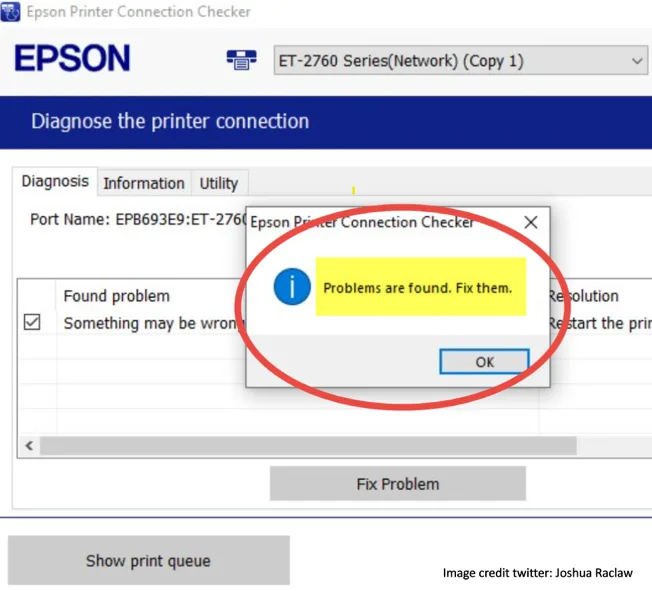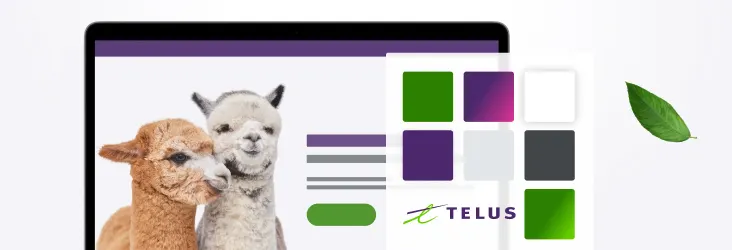It's Not You, It's Me: Writing effective error messages
Content and Design · Sep 15, 2021
100% of us have seen at least one error message in our lives, whether they are online or within a software application that we’re interacting with. And while the messages themselves are super common, what is also common is that they are poorly written and ineffective at solving our problems.
The question we ask ourselves as client experience advocates is… why? If they are so prevalent, and so important to users, why don’t they get the attention they deserve? In my
experience, it’s due to the fact that they are often forgotten until the user has a problem, and then some last-minute copy gets pushed out to try and help. Unfortunately, by then it’s too late.
This fall, at the 2021 Button Conference for content practitioners, I’ll be giving a talk about how to normalize the conversation within our teams that errors are going to happen, how to design to avoid errors where possible, and how to write effective error copy, so that we can
help our users avoid experiences like these:

Here’s a sneak peak at some of the most important content design considerations when you’re writing effective error content:
Use plain, clear, concise language. Avoid jargon or abbreviations that a user might not be familiar with.
Make sure that the error message can be accurately and easily read by a screen reader
or other adaptive technology.Make sure the error has visual affordances that sets it apart from the regular flow. You can do this with a combination of patterns that match existing mental models about errors, such as presentation or location, colour combination, icons, varying font sizes, borders, and whitespace.
Use language that reflects and recognizes diversity in your user base. Become an advocate for diversity, equity and inclusion, and apply those principles into your error content.
Recognize and do your best to avoid assumptions and your own biases. In our world, we often use language without thinking or realizing that can be disparaging or hurtful. Take the example of using “guys” when referring to a group of people; instead, choose to
use more inclusive language options like “y’all” or “folks”.
Want to join me at Button 2021, to learn more about these and other important content topics from some of the greatest leaders in our industry? Use my speaker code HARPER10 for 10% off your ticket price!



